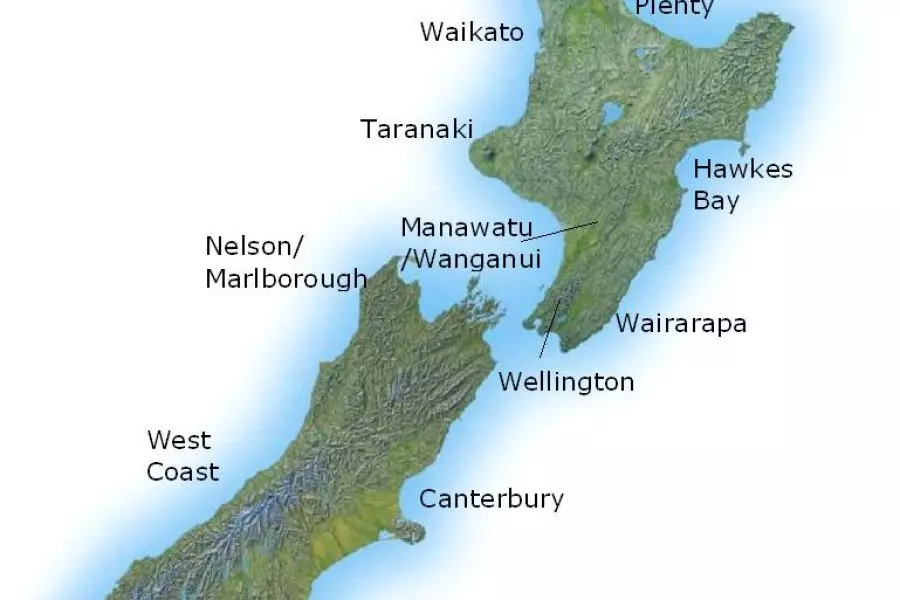
News
No market rebound expected post lockdown

Wednesday 8th of September 2021
After last year’s lockdown property values skyrocketed, but in the past four months the quarterly rate of price increases have slowed, the QV House Price Index shows.
The average value increased 3.3% nationally over the past three-month period to the end of August, down from the 4.3% quarterly growth in July, with the national average value now sitting at $963,046.
This re...
Want to read the full article?
Click the button below to subscribe and will have unlimited access to full article and all other articles on the site.
2 min read





![[The Wrap] Bye Bye Bayly](https://goodreturns.publit.io/file/c_fill,w_900,h_600/39f23ac1-f7c7-4854-b700-a150004ebbac.webp)


